Stainless Steel 317/317L bars are solid rods composed of austenitic stainless steel alloys with a notable molybdenum content, providing remarkable corrosion resistance ideal for applications in chemical, pharmaceutical, and marine industries. These bars are available in various sizes, facilitating further processing such as welding or machining, making them versatile solutions for diverse industrial needs.
Stainless Steel 317 and 317L bars stand out due to their exceptional corrosion resistance, high tensile strength, and durability, making them invaluable in various industries. Their composition includes predominantly chromium nickel molybdenum with additional elements including carbon manganese contributing mechanical properties; their unique composition renders them resistant against acids chemicals high temperatures environments making them suitable for many different uses.
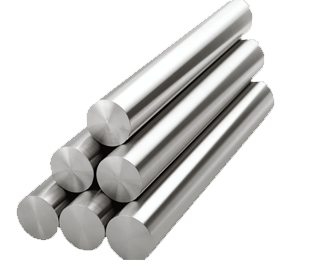
One of the prominent features of stainless steel 317/317L bars is their excellent corrosion resistance. The high chromium and molybdenum content in these bars forms a protective oxide layer on the surface, preventing corrosion and oxidation even in harsh environments. This feature makes them suitable for use in chemical processing, pharmaceutical, and marine applications where exposure to corrosive substances is common.
Additionally, stainless steel 317/317L bars boast extraordinary mechanical properties such as high tensile strength and toughness - ideal properties for applications requiring robust yet resilient materials such as construction, manufacturing and automotive industries. Their robustness enables them to withstand heavy loads under harsh operating conditions without suffering deformation or structural failure, thus assuring long-term performance and reliability for years.
Another notable characteristic of stainless steel 317/317L bars is their flexibility in fabrication and machining. These bars can easily be formed, welded, and machined according to design requirements for flexible production processes in industries where precision engineering and custom components are essential, like aerospace manufacturing or defense production. As a result, stainless steel 317/317L bars have become highly sought-after components used across aerospace manufacturing as well as defense production or machinery assembly plants.
Due to their versatile characteristics, stainless steel 317/317L bars find numerous applications across industries. Chemical processors rely heavily on these bars due to their corrosion-resistance and temperature stability for equipment production; pharmaceutical firms employ them for producing sterile equipment or storage vessels where cleanliness and corrosion resistance are critical factors.
Moreover, stainless steel 317/317L bars are utilized in the food and beverage industry for manufacturing processing equipment, storage tanks, and transportation containers. Their inert nature and hygienic properties make them suitable for contact with consumable products while ensuring product purity and safety.
Apple Steels is a prominent manufacturer and supplier of high-quality stainless steel 317/317L bars in Mumbai, India. With expertise in premium-grade materials, we are your go-to source for stainless steel 317/317L bars. Experience unmatched durability and performance with our meticulously designed stainless steel solutions, tailored to meet your industrial needs.
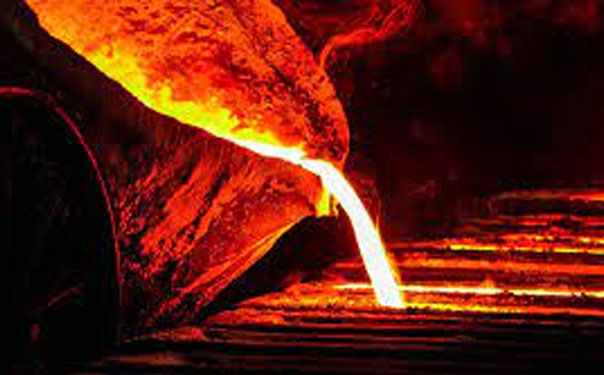
Melting and Casting
Steel and alloying metals are loaded into an electric arc furnace. Once in the furnace, the metal is heated to a specific temperature above its melting point, usually in excess of 2800°F.
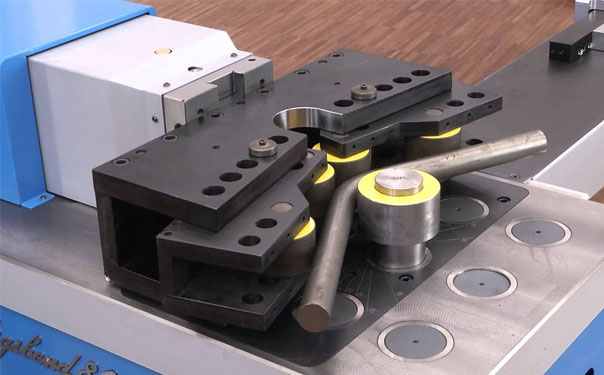
Forming
Most cast steel is formed by hot rolling—the slab, bloom, or billet is heated and passed through large rollers, stretching out the steel into a longer, thinner form.

Heat treatment
Heat treatment strengthens rolled stainless steel by recrystallizing the deformed microstructure. Most stainless steel is heat treated by annealing.
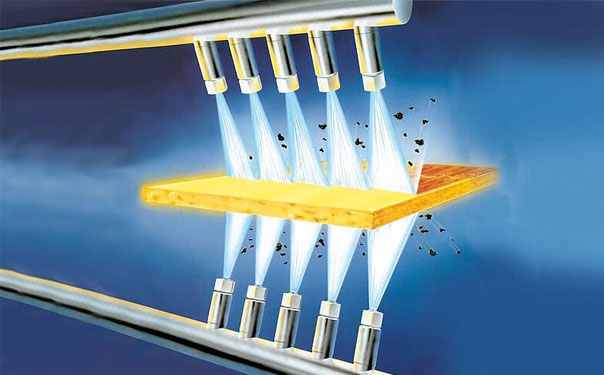
Descaling
A rolled piece of stainless steel acquires a layer of oxidized “mill scale,” which needs to be washed away to restore a shiny surface finish.
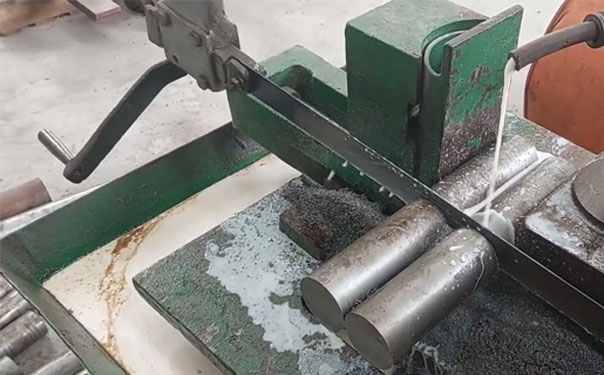
Cutting or Machining
Stainless steel is cut to a specified shape and size. The stainless steel can be sheared with circular knives, sawed with high-speed blades, or blanked with punches.
| SS Bar Wire Standard | ASTM A276 / A479, ASME SA276 / SA479 |
| Stainless Steel Bar Dimensions | EN, DIN, JIS, ASTM, BS, ASME, AISI |
| Stainless Steel Round bar size | Diameter: 3-~800mm |
| Stainless Steel Hex Bar size | 2-100mm A/F |
| SS Flat bar size | Thickness: 2 -100mm |
| Width: 10 to 500mm | |
| Stainless Steel Square bar size | 4 to 100mm |
| SS Angle bar size | 3mm*20mm*20mm~12mm*100mm*100mm |
| Hollow Bar | 32mm OD x 16mm ID to 250mm OD x 200mm ID) |
| Stainless Steel Rectangular Size | 33 x 30mm to 295 x 1066mm |
| SS Bars Finish | Cold (bright) drawn, centreless ground, hot rolled, smooth turned, peeled, slit rolled edge, hot rolled annealed, Rough Turned, Bright, Polish, Grinding, Centreless Ground & Black |
| SS Bar Tolerance | H8, H9, H10, H11, H12, H13K9, K10, K11, K12 or as per clients’ requirements |
| Tempers | Tempers range from dead soft annealed to ultra spring temper |
| Rolled Stainless Steel Flat Bars Condition | Hardened & tempered, annealed |
| Cold Rolled Bar Technique | Stainless Steel Hot Rolled, Cold Drawn, Cold Rolled, Forged Round Bar, Rod |
| Stainless Steel Rounds Bar Form | Round, Rod, T-Bar, Channel Bar, Precision Ground Bar, Flat Bar, Square, Blocks, Round Rod, Rings, Hollow, Triangle, Rectangle, Hex (A/F), Threaded, Half Round Bar, Profiles, Billet, Ingot, I/H Bar, Forging etc. |


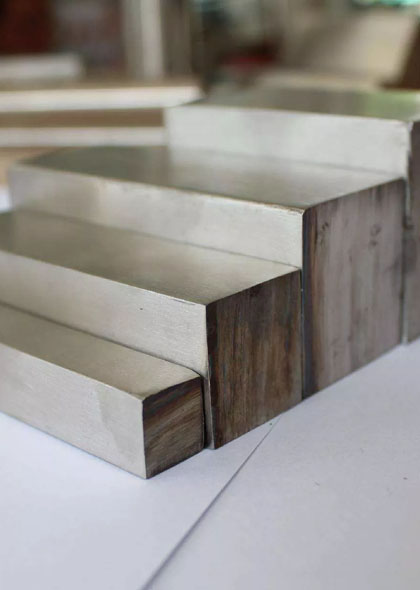
| STANDARD | WERKSTOFF NR. | UNS | JIS | EN |
| SS 317 | 1.4449 | S31700 | SUS 317 | - |
| SS 317L | 1.4438 | S31703 | SUS 317L | X2CrNiMo18-15-4 |
| Grade | C | Mn | Si | P | S | Cr | Mo | Ni | Fe |
| SS 317 | 0.08 max | 2.0 max | 1.0 max | 0.045 max | 0.030 max | 18.00 - 20.00 | 3.00 - 4.00 | 11.00 - 15.00 | 57.845 min |
| SS 317L | 0.035 max | 2.0 max | 1.0 max | 0.045 max | 0.030 max | 18.00 - 20.00 | 3.00 - 4.00 | 11.00 - 15.00 | 57.89 min |
| Density | Melting Point | Tensile Strength | Yield Strength (0.2%Offset) | Elongation |
| 7.9 g/cm3 | 1400 °C (2550 °F) | Psi – 75000 , MPa – 515 | Psi – 30000 , MPa – 205 | 35 % |

Electrical Industry

Automotive Industry

Construction Industry

Defence Industry

Pharmaceutical Industry

Petroleum Industry

Petrochemical Industry

Milk & Dairy Industry
Austria, Azerbaijan, Belarus, Belgium, Bulgaria, Croatia, Cyprus, Czechia/Czech Republic, Denmark, Estonia, Finland, France, Germany, Greece, Hungary, Ireland, Italy, Latvia, Liechtenstein, Lithuania, Luxembourg, Malta, Moldova, Monaco, Netherlands, Norway, Poland, Portugal, Romania, Russia, Serbia, Slovakia, Spain, Sweden, Switzerland, Turkey, Ukraine, United Kingdom.
Afghanistan, Armenia, Azerbaijan, Bahrain, Bangladesh, Bhutan, British, China, Egypt, Hong Kong, India, Indonesia, Iran, Iraq, Israel, Japan, Jordan, Kuwait, Kyrgyzstan, Lebanon, Macau, Malaysia, Maldives, Mongolia, Myanmar, Nepal, North Korea, Oman, Philippines, Qatar, Russia, Saudi Arabia, Singapore, South Korea, Sri Lanka, Taiwan, Thailand, Turkey, United Arab Emirates, Vietnam.
Algeria, Angola, Botswana, Burkina Faso, Burundi, Cameroon, Central African Republic, Egypt, Eswatini, Ethiopia, Gambia, Kenya, Liberia, Libya, Madagascar, Mauritania, Mauritius, Morocco, Mozambique, Namibia, Niger, Nigeria, Rwanda, Senegal, Seychelles, South Africa, Tanzania, Tunisia, Uganda, Zambia, Zimbabwe.
Antigua and Barbuda, Bahamas, Barbados, Belize, Canada, Costa Rica, Cuba, Dominica, Dominican Republic, El Salvador, Grenada, Guatemala, Haiti, Honduras, Jamaica, Mexico, Nicaragua, Panama, Saint Lucia, Saint Vincent and the Grenadines, Trinidad and Tobago, United States of America, Argentina, Bolivia, Brazil, Chile, Colombia, Ecuador, Guyana, Paraguay, Peru, Suriname, Uruguay, Venezuela.